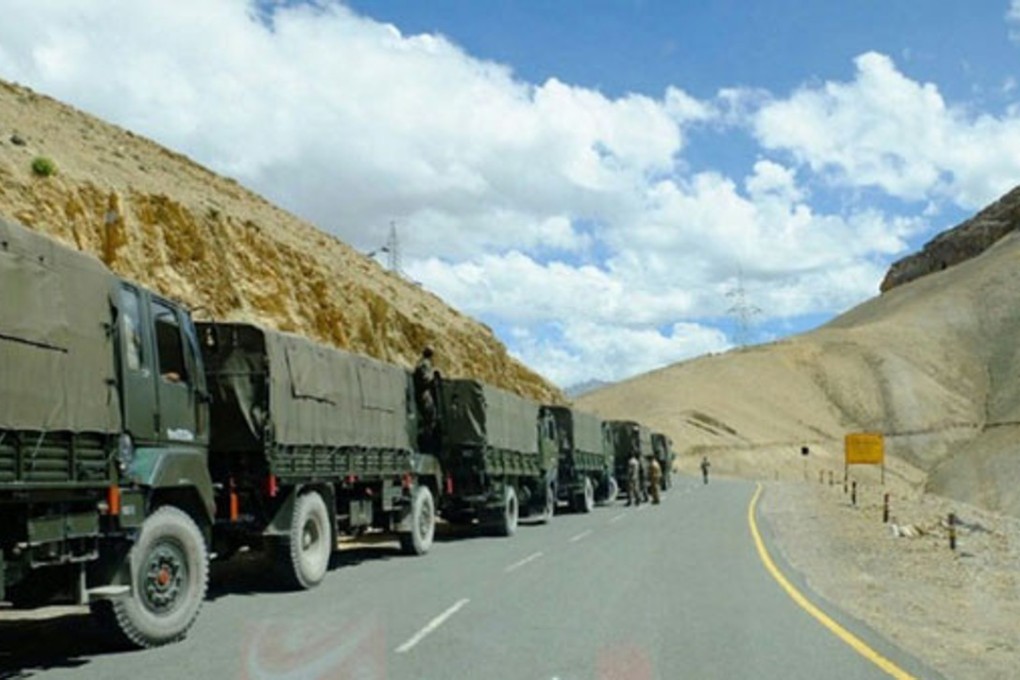Opinion | India’s got itself into a fine mess in Doklam, it’s time to get out and let China and Bhutan work it out
India is militarily engaging a state actor from the soil of a third country over a piece of land its partner country does not even control. Not even the mighty US does that

This is India’s China war, Round Two
China, as the aggrieved party, bears little interest in unwinding the stand-off on terms other than its own. Worse, there is no agreed definition among the parties of the object of discord at stake – to the point that China does not even view India as the appropriate interlocutor to engage with to unwind the stand-off.

China’s position on, and solution to, the stand-off is blunt and straightforward. The alignment of the China-India boundary in the Sikkim Himalayas sector is mutually defined as per Article 1 (“the line commences at Mount Gipmochi on the Bhutan frontier, and follows the … water-parting”) of the Anglo-Chinese Convention of 1890 relating to Sikkim and Tibet. On numerous occasions, Indian representatives from Prime Minister Jawaharlal Nehru down have formally accepted this.
This standoff is China telling India to accept changing realities
By interfering in a Chinese road construction project roughly 3km to the north of the plain letter of Article 1, India has violated China’s territorial sovereignty. As a precondition for any dialogue, India must vacate its trespass unconditionally.

